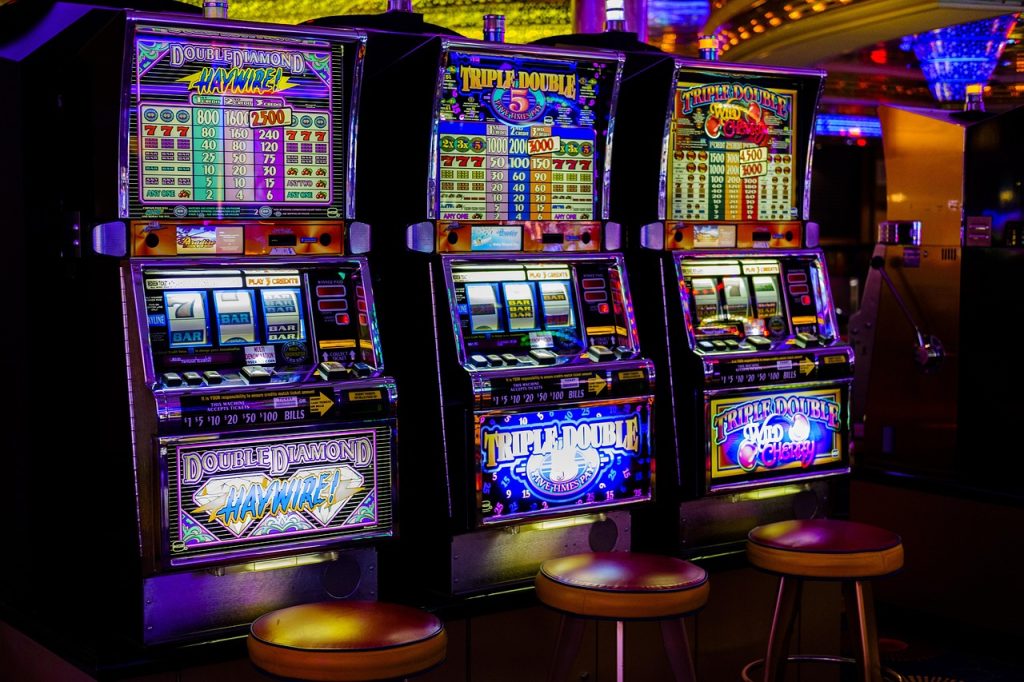If you’ve ever played an online slot game and wondered why some machines pay frequently in small amounts while others rarely hit but pay big, you’ve experienced slot volatility in action. Also known as variance, volatility is one of the most important factors to understand before spinning the reels. It’s the key to knowing how risky a game is and what kind of experience you’re in for—steady wins or big thrills. In this post, we’ll dive into the science behind slot volatility, how it’s calculated, and how it can help you make smarter gambling decisions.
What Is Slot Volatility?
Slot volatility refers to the risk level and payout frequency of a slot machine. It describes how often a game pays out and how large those payouts are when they happen. Slots generally fall into three main categories:
- Low volatility – Frequent wins, but smaller payouts
- Medium volatility – A balance of win frequency and payout size
- High volatility – Infrequent wins, but larger potential payouts
Volatility is usually determined by the slot’s internal random number generator (RNG) and payout structure. Developers program slots with specific odds and pay tables, creating a statistical profile that influences your overall experience.
The Mathematics Behind It
While RTP (Return to Player) tells you how much a slot pays back over time, volatility tells you how that RTP is distributed. Two slots could both have an RTP of 96%, but the way they pay out can be dramatically different.
High volatility slots might have long dry spells with the occasional big win, while low volatility slots produce consistent but modest wins. Mathematically, volatility is often measured using standard deviation, but most casinos and developers simplify it into categories for easier understanding.
Slot providers use thousands of simulated spins to analyze the distribution of wins, adjusting factors like:
- Hit frequency
- Bonus trigger frequency
- Maximum payout potential
These elements together determine whether a slot will be smooth and steady—or wild and swingy.

How to Choose the Right Volatility for You
Your ideal volatility depends on your budget, play style, and goals. Here’s how to match the type of volatility with your preferences:
Low Volatility:
- Best for casual players or those with a smaller bankroll
- Ideal if you prefer longer play sessions with lower risk
- Common in classic fruit machines or simple 3-reel games
Medium Volatility:
- Balanced gameplay with a mix of small and large wins
- Suitable for players who enjoy a bit of excitement without huge swings
- Found in many modern video slots with bonus features
High Volatility:
- Great for thrill-seekers chasing big jackpots or bonus rounds
- Requires a larger bankroll and more patience
- Typical in Megaways slots, progressive jackpots, and feature-heavy games
Understanding volatility allows you to set better expectations, manage your bankroll more effectively, and enjoy a more tailored gaming experience.
Popular Slot Examples by Volatility
Here are some well-known examples to help you identify the right type:
- Low Volatility: Starburst, Blood Suckers, Jack Hammer
- Medium Volatility: Book of Dead, Dead or Alive 2, Thunderstruck II
- High Volatility: Money Train 2, San Quentin, Bonanza Megaways
If you’re not sure about a slot’s volatility, check the game info screen or look up reviews and RTP/volatility ratings from the developer.

Conclusion: Volatility Is the Missing Piece of the Puzzle
Many players focus only on RTP or bonus features, but volatility is just as critical to understand. It tells you whether a slot is a slow burn or a rollercoaster—and knowing that helps you avoid surprises, stay within your budget, and enjoy your time at the reels more.
So before you spin, ask yourself: do you want consistent wins or high-stakes excitement? With volatility in mind, you’ll be one step closer to choosing the right slot for your style.
